Many people looking for a compact crossover go for a RAV4 or CR-V without really thinking about it much. Both those models are best-sellers for a reason, but there are also lots of rivals that are making compelling alternatives. Two of those alternatives, if you will, that have really impressed us recently are the Hyundai Tucson and VW Tiguan. One was recently heavily updated and the other just now fully redesigned. So, who wins in a 2025 Hyundai Tucson vs. 2025 Volkswagen Tiguan battle? Let’s find out!
Pricing and Equipment
So, first off, let’s discuss pricing for these two popular crossovers.
Starting with the refreshed Tucson, we have the loaded trim, the Limited. It starts a touch under $41,000 and is $42,340 after destination.
Tucson (Hybrid Limited AWD): $40,945 | Options: +$0 | Destination: $1,395 | Total: $42,340
Moving to the Tiguan, it starts and ends a little less expensive. The as-tested price is $41,180 for a fully loaded example.
Tiguan (SEL R-Line AWD): $39,755 | Options: +$0 | Destination: $1,425 | Total: $41,180
Exterior Design
Sometimes, when we make these comparisons, we can see a convergence of certain design characteristics across the industry, but in this case, they are on totally different spectrums. Hyundai has gone all-bold here, with a super-sized grille that even integrates lighting elements in it. Meanwhile, in typical VW fashion, the new Tiguan is all-classy all the time. Its new design does ramp up the aggression with a much larger grille though, and there is now a light bar that goes across the front, serving a similar purpose as the stacked DRL’s in the Tucson’s grille.
As far as the headlights themselves, we have premium full-LED projector lighting on both. Only the VW goes the extra mile with adaptive abilities though, and neither have fog lamps.
Continuing to the sides, the models are about 2-inches apart in overall length, and the Tiguan has the option for a two-tone black roof.
Length: 184.4-inches (Tiguan) | 182.7-inches (Tucson)
Make sure to stay tuned to see how the interior measurements stack up later in this comparison, but as far as how the wheel sizes stack up, the VW has the advantage. They went for a 20-inch alloy while most in the segment, including the Tucson, top out at 19’s. We will also be discussing ride quality later.
Moving out back, we have several differences. For starters, the lighting is fully-LED on the Tiguan whereas the Hyundai uses an incandescent turn signal and reverse light housing at the bottom. The Tucson hides the rear wiper protecting it from aging in the elements while the VW’s is exposed. Both models hide the exhaust outlets, but you’ll notice that the VW uses a lot more body-color elements throughout the entire exterior if you prefer that.
Finally, the Hyundai has the towing advantage by 10%.
Towing: 1,800 lbs. (Tiguan) | 2,000 lbs. (Tucson)
Additional Features
Moving on to some other odd and end things, both mirrors have BSM, heating, and LED turn signals, and the VW has power-folding as well.
And speaking of Blind Spot Monitoring, family SUVs need to be safe, and one of the really nice things about these two is that all four of your major active safety features are included as standard. They also have highway assist features, and in the case of the Hyundai, you have a Smart Park system that can pull the vehicle into or out of tight parking spots unmanned.
The warranties are good on both, but the Hyundai has the advantage in all respects. It has the longer basic and powertrain warranties and also gives you an additional year of complimentary maintenance.
This has been back-and-forth so far, so let’s see if this gets even more intense on the inside.


Interior Design
Approaching both SUVs, they have smart entry systems with remote start and their brand’s respective key fobs.
But after opening the doors, you’ll see these two haven’t just focused on functionality, but also luxury and tech.
Before we dig into the features, let’s start with the seats. Both models cover them with real leather and include heating and ventilation. The big difference here is that the Tiguan has the super rare feature of massaging for this segment.
Now once inside the cabins, let’s check out the major point category of material quality. The Tucson has always had one of the best cabins in the segment and it continues to be made of premium materials like leatherette, soft-touch plastic, and piano black. But the new Tiguan has stepped ahead of it, with real walnut wood trim excessively used across the dash and extra padding along the center console.
After startup, you’ll see digital screens that act as gauge clusters on both. They both have impressive graphics, but the Hyundai has the size advantage, at 12.3-inches vs. 10.5, and it also has a cool blind-spot camera system.
Both models have head-up displays, which are rather rare for the segment.
Moving back, they both have heated, leather-wrapped steering wheels and even rain-sensing wipers as equipped. You may also notice the Hyundai has a fingerprint reader which can sync driver profiles and can allow the vehicle to start securely with the digital key system.
Storage and Technology
Now it’s time to evaluate another major interior section: storage. Both have done an excellent job with very large center consoles, but it’s all the space in front of that which stands out so much in the Tucson. It has a huge open area for fitting large items like a handbag and even a passenger storage shelf. It takes the storage point.
As far as the shifters, neither are in the conventional area but instead are now mounted to the steering columns. When in reverse, you’ll find advanced 360-degree camera systems on both.
Next, we have the automatic climate controls. For the easiest adjustment, Hyundai went back to physical knobs for temperature this year, while VW did the opposite and put everything into the screen and sliders below it. The Tucson’s controls are easier to use without distraction, but the VW has an extra zone of adjustment for the rear passengers.
Related to that, while VW kept the audio volume slider next to the climate controls, they also added in a physical volume knob this year. This button on the console is like a little smart watch because you can change ambient lighting modes and drive modes as well with it. But as far as audio is concerned, let’s hear a sample. Overall, the richer and more balanced sound quality is delivered by the Harmon Kardon in the Tiguan.
Tucson: 8-speaker Bose audio
Tiguan: 12-speaker Harmon Kardon audio
People want a high level of technology in cars nowadays, so let’s move to the key element of displays. As far as the sizing, Tucson’s upsized 12.3-inch screen is still no match for the massive 15-inch screen on the loaded Tiguan. That’s easily one of the very largest displays in the entire segment and the graphics are very sharp.
Software-wise, both have highly desirable features like wireless AA and ACP, as well as built-in navigation.
As we wrap up the front of the cabins, both have auto-dimming mirrors and large panoramic moonroofs that open and have sunshades.
LOOKING TO BUY One OF THEse VEHICLES?
A smart next step would be to check our Car Quote Tool. This tool will connect you with local dealerships in your area to get you the BEST price, access to INVOICE PRICING information, and a monthly payment calculator. Get dealerships to compete for your business!
Rear Seats and Cargo
People of all walks of life buy compact crossovers, but they are extremely common for families with kids, so let’s dive into the important back seats. Both are going to have impressive amounts of space. Tucson still has the edge despite the Tiguan getting upsized for the new generation, but the gap has narrowed significantly and is under the 5% threshold required to score a point.
Tucson: Legroom: 41.3 inches | Headroom: 39.0 inches
RAV4: Legroom: 40.2 inches | Headroom: 38.2-inches
Now that that’s out of the way, they also have quite a few features. Both give you USB ports and rear vents, and even heated back seats. As already mentioned, there are dedicated climate controls for the loaded model on the Tiguan.
Now let’s check out the cargo areas. Both have power tailgates with hands-free ability, and once they open up, you’ll find nice amounts of space. We can’t tell you exactly how many cubic feet of space yet, because VW hasn’t tested or published that information yet. The Tucson is one of the most spacious in the segment though with just under 75 cu.ft of space. Be aware that the optional third row of the previous generation is no longer offered on the VW.
Tiguan: Behind 2nd row: – cubic feet | Max: – cu.ft
Tucson (Hybrid): Behind 2nd row: 38.7 cu. ft | Maximum: 74.5 cu. ft (w/ pano)
For other features, the Tiguan includes a spare tire while the Hybrid Tucson does not.
And speaking of hybrid, let’s take these two options out on the road and see who does it best!
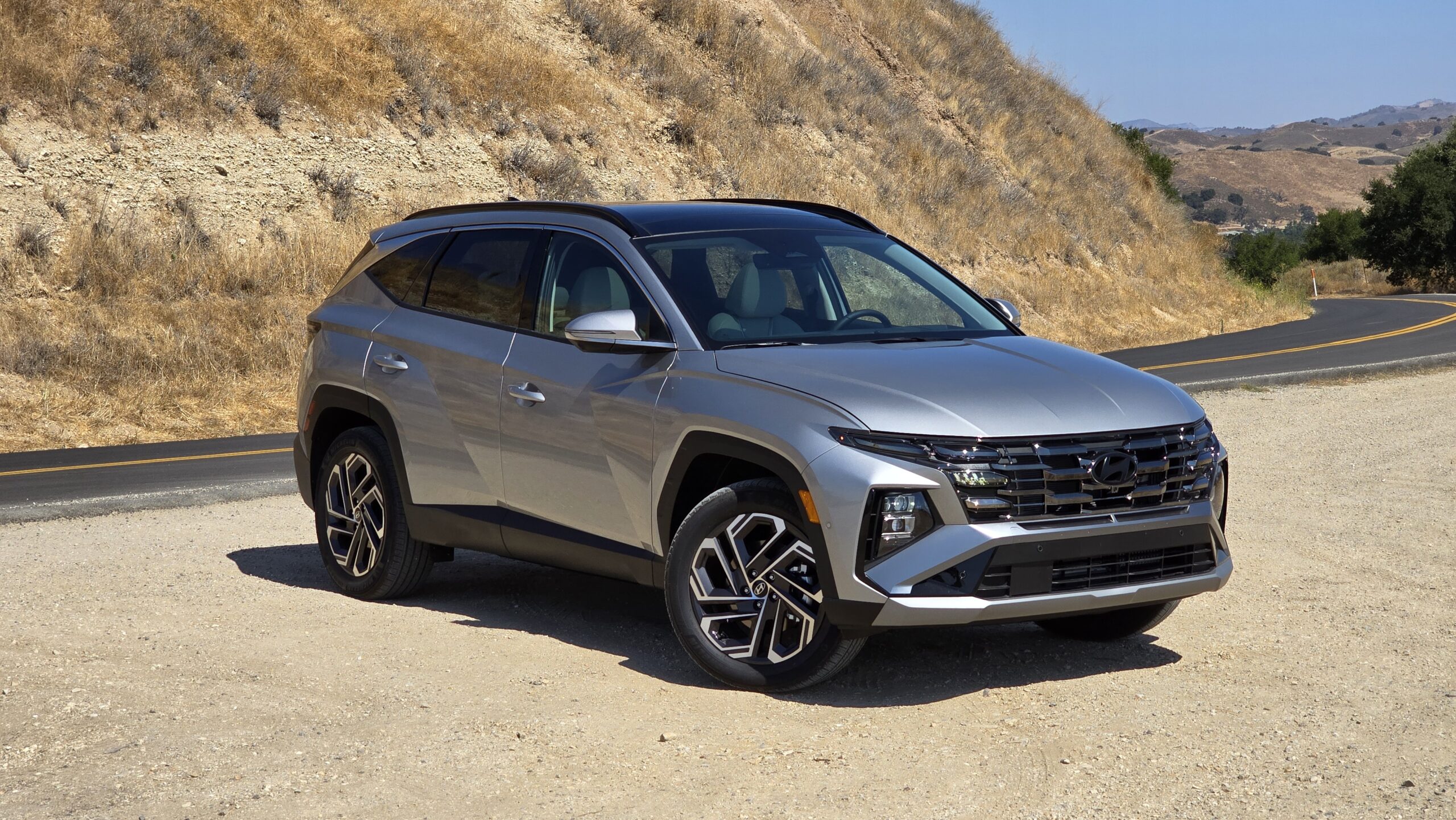

Powertrains
So, these two have been battling it out for superiority and when it comes to what’s under the hoods, we have some significant differences. The fundamental difference highlighted here is that the Tucson has an available hybrid powertrain, producing 231 total system horsepower. Meanwhile, the new Tiguan is not offered with a hybrid, although one is planned in a few years. Until then, the Hyundai is making more power and that’s felt out on the road.
Tiguan: 2.0 Turbo I-4: 201 hp | 221 lb.ft
Tucson Hybrid: 1.6L Turbo I-4 + Elec: 231 hp
When it comes to transmissions, the Hyundai has a 6-speed automatic while the VW has an 8-speed automatic. It’s fairly uncommon to use a conventional automatic as part of a hybrid system instead of a CVT, and in this case, it’s the Volkswagen’s 8-speed auto that feels more responsive and has smoother shifts.
Test Drive and Fuel Economy
Besides transmissions, you’re probably wondering how quiet the cabins are when cruising. Well, that’s why here at Car Confections, we take a sound-level reading of every vehicle we test on our channel. Unfortunately, the Volkswagen was tested out on a press drive in Montana so it can’t be scored officially, nevertheless, here are the results for your reference.
Tiguan: 57.5 dB @ 55 MPH (Montana)
Tucson: 55.8 dB @ 55 MPH (Kentucky)
Now let’s talk about an important part for any family SUV; the ride quality. In this area, both impress, although the Hyundai feels a bit more comfortable due to the smaller wheels as equipped.
Lastly, if fuel economy is front-of-mind to you then the Tucson, with its available hybrid system, will certainly make more sense. This hybrid system delivers 35 MPG combined, while the Tiguan gets 10 MPG less, at 25 combined. That’s nearly 30% better fuel economy, which would certainly add up over the ownership period.
Tiguan (2.0T AWD): 22/30/25 MPG
Tucson (Hybrid AWD): 35/35/35 MPG
Reliability, Resale, and Value
In our reviews and comparisons, we are also adding in reliability and resale information to give you a better picture of the overall value beyond just the original MSRP.
Beginning with reliability, we developed the Combined Reliability Index, which takes into account several studies from trustworthy sources, and combines them in a way that gives a more realistic picture. Here, the advantages continue for Hyundai. VW ranks as the lowest mainstream brand for reliability, 10 slots below the industry average, while Hyundai is also below average for reliability but by much less, 3 slots below to be exact.
We also put Mason’s economics degree to work to develop a detailed Predicted Resale Value tool. After 5 years and 60,000 miles, they are pretty similar but the Tucson has the edge. Hyundai comes in at 55.3% and VW at 51.8%.
Resale is obviously important because it determines how much money you get back, but we can’t forget about the price difference at the original purchase. The Tucson costs $1,160 more than the Tiguan.
I want to emphasize that if money, reliability or resale value matter less to you personally, feel free to disregard these points. And if you’d like to check out all our data about reliability and resale values, as well as learn about our methodology, make sure to head to www.carconfections.com/resale and www.carconfections.com/reliability. Buying a car is a big decision, and this is a great place to compare all the makes you might be cross-shopping.
2025 Hyundai Tucson vs. 2025 Volkswagen Tiguan Winner!
So, there you have it; another hot compact crossover comparison is in the books. But let’s recap a little bit and discuss who should be your personal winner.
Tucson:
- Better expected reliability
- Hybrid system
- Storage (larger front area packaging)
Tiguan:
- Massaging seats
- Material quality
- Better audio experience
Now we want to know your opinions, so make sure to head to the comment section and let us know which one you would pick!
Thanks for joining us for another Car Confections Comparison! We’ll catch you next time as we sample the latest automotive delicacies!
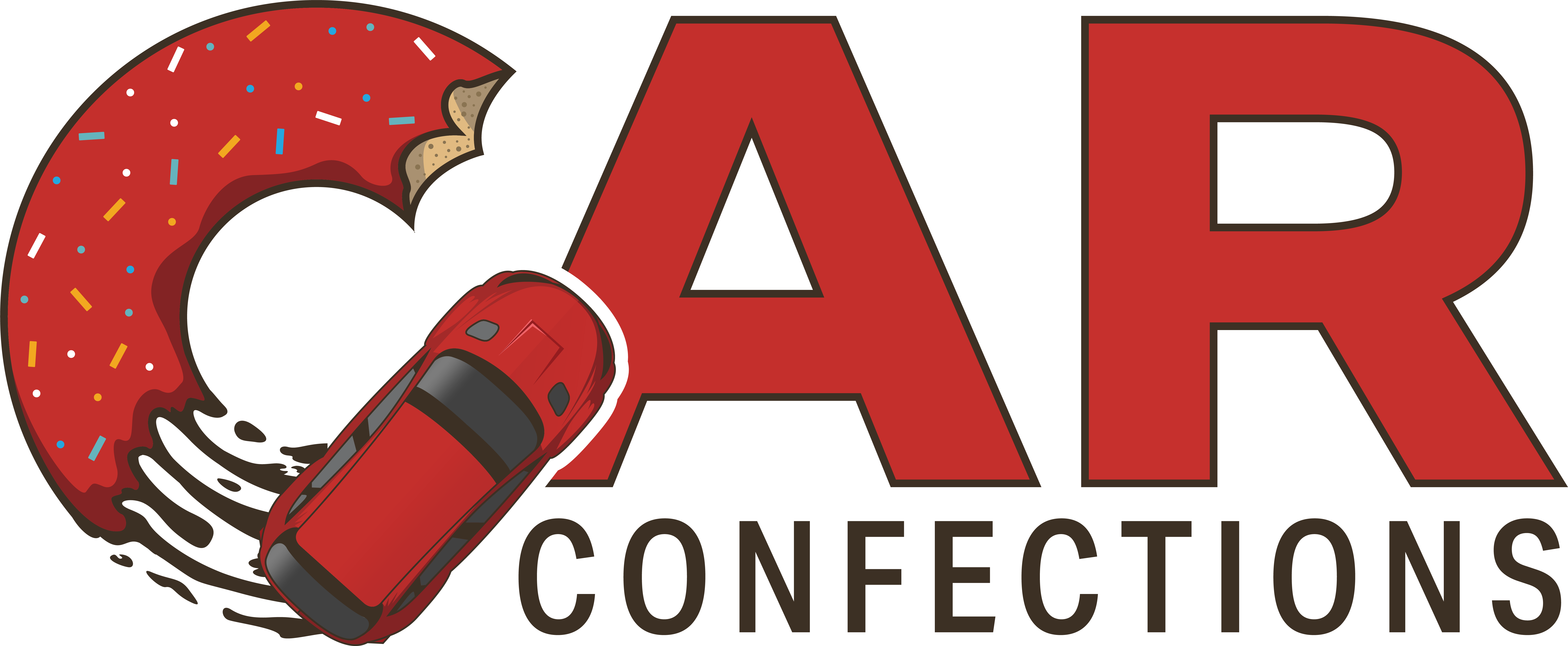
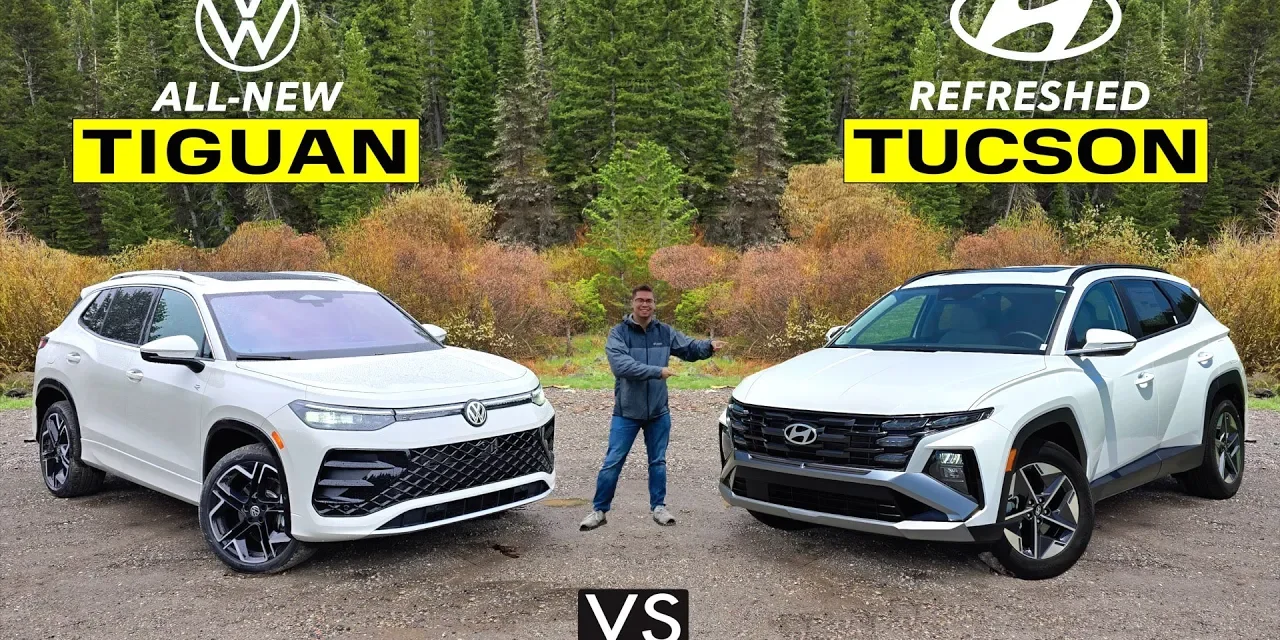

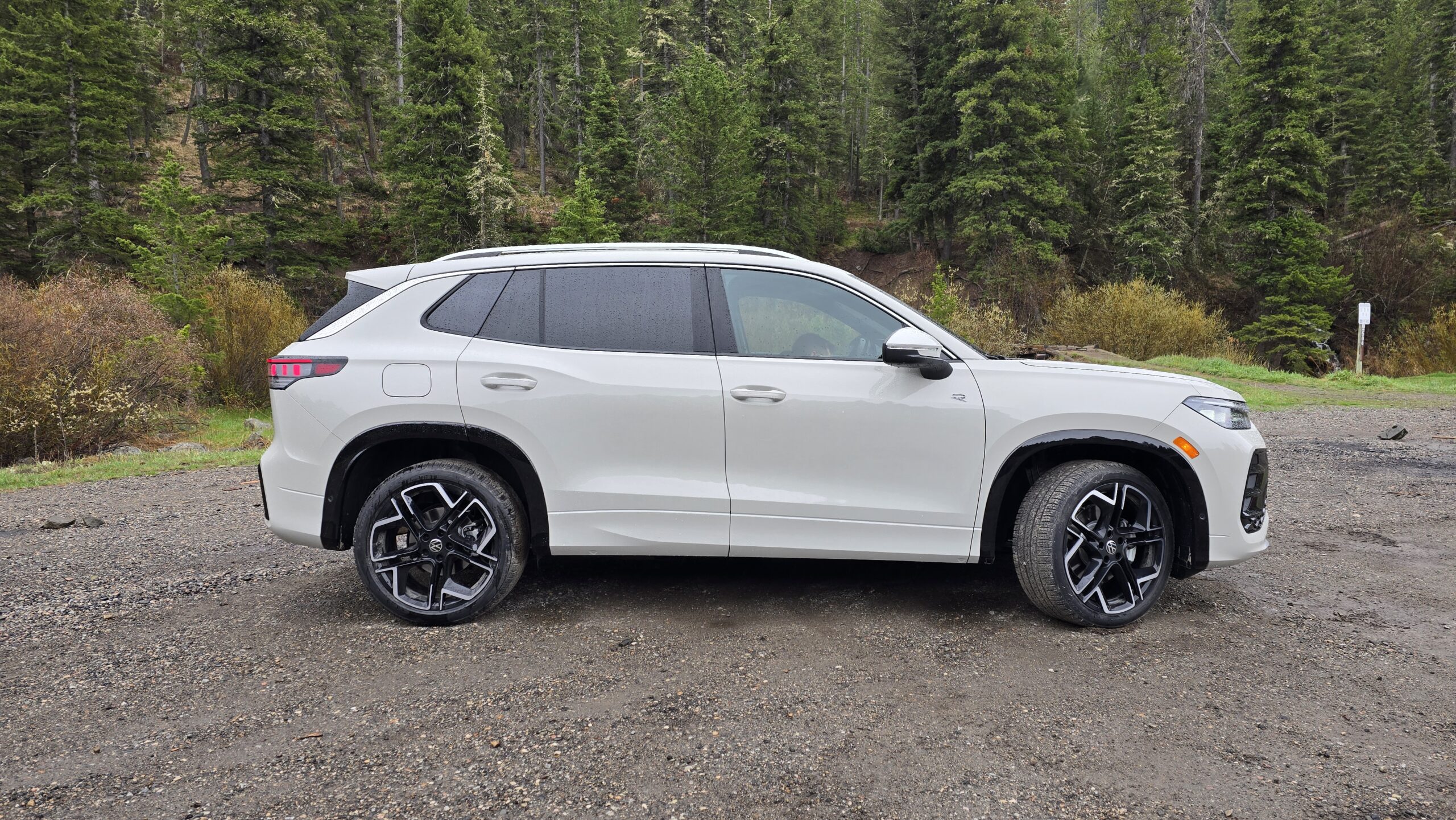
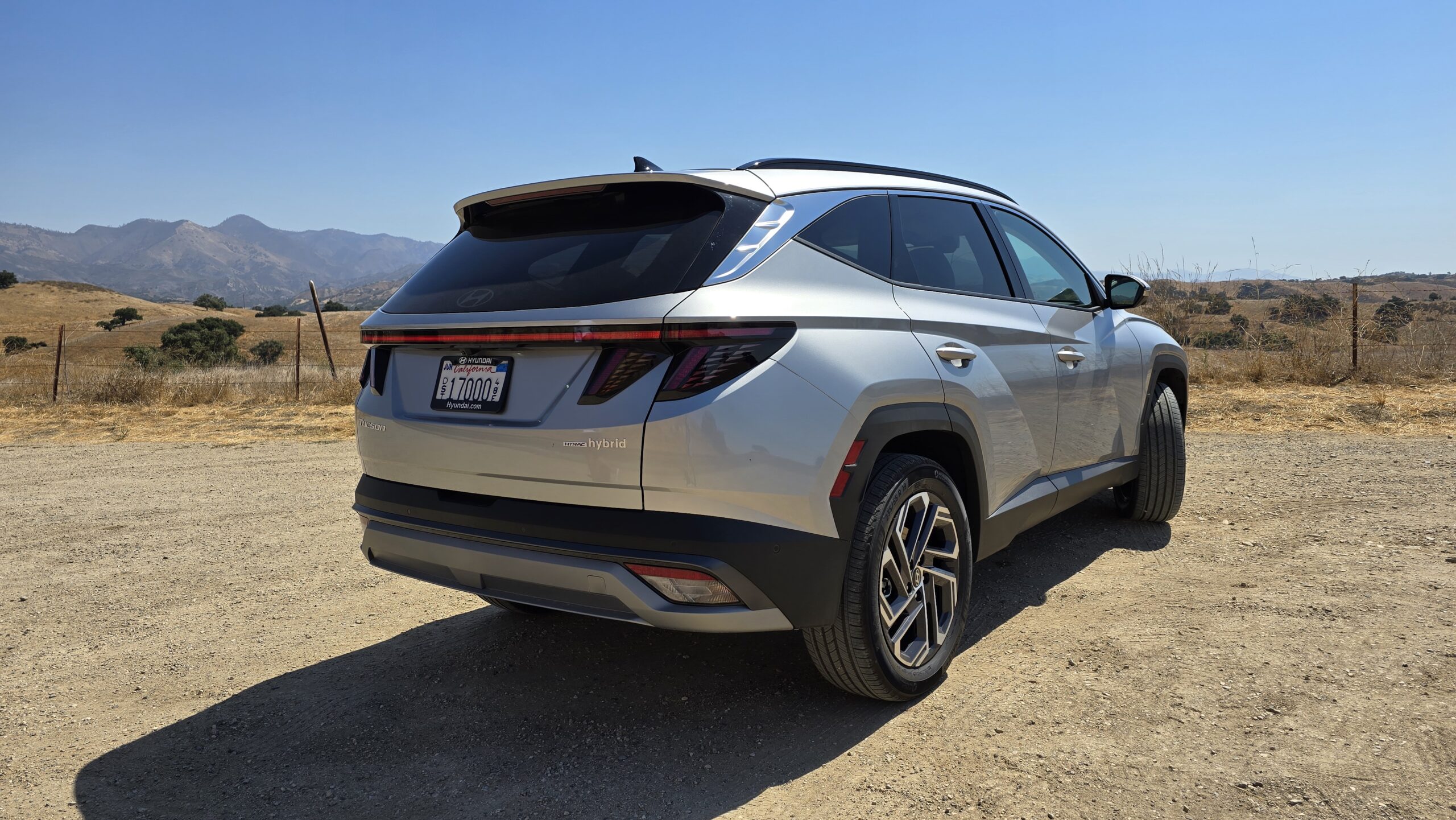
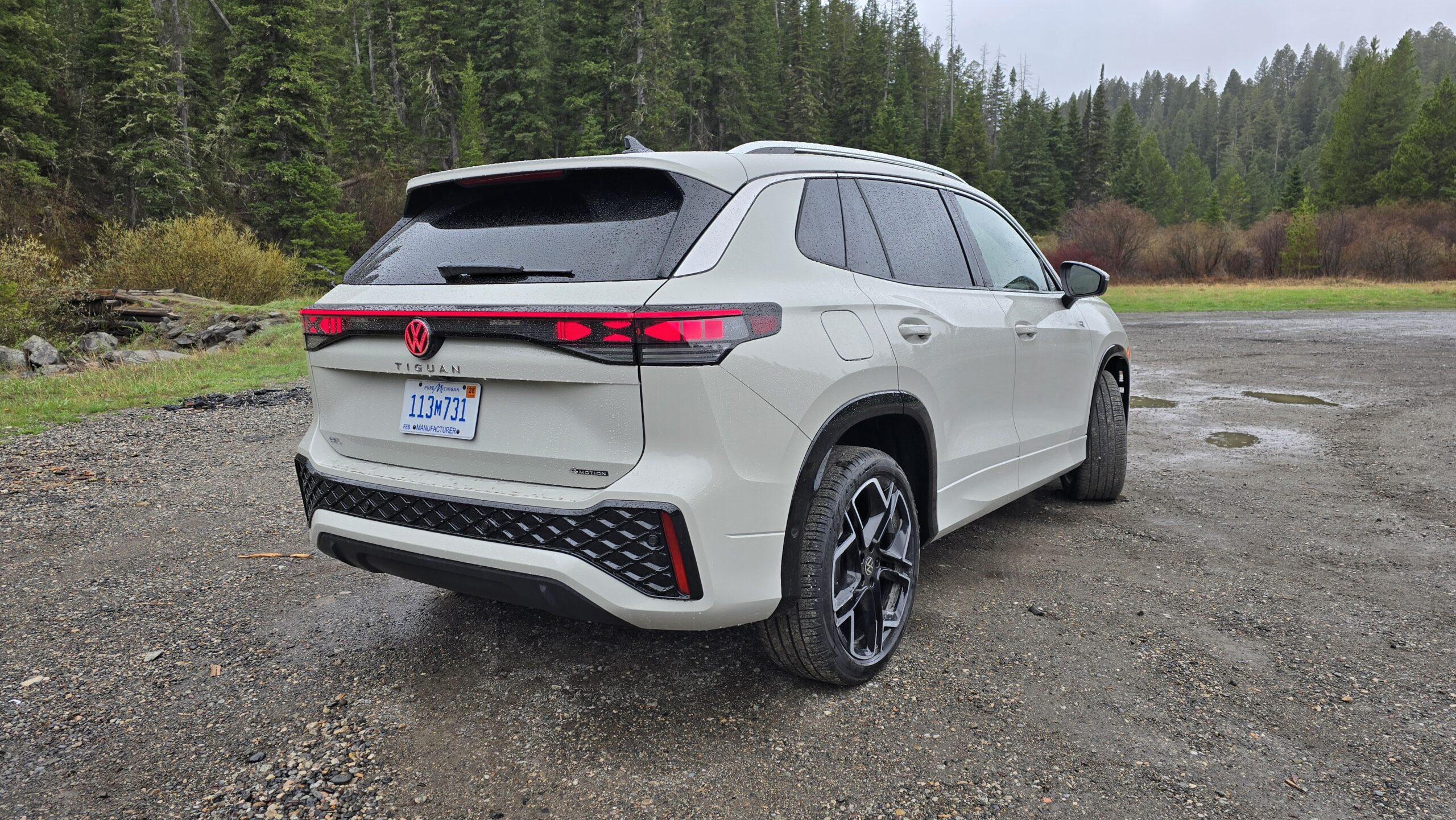
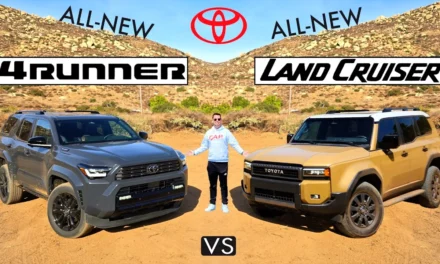
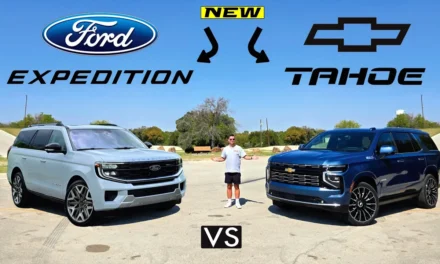

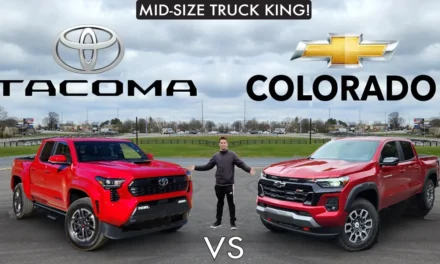
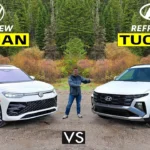





Recent Comments